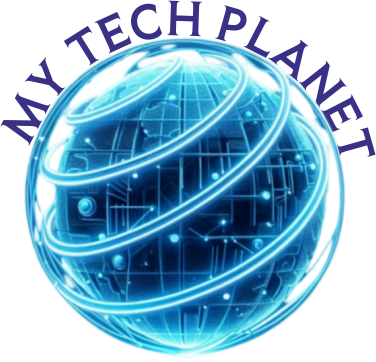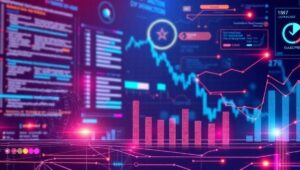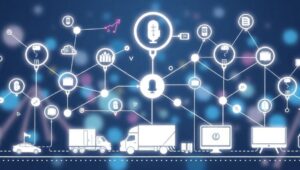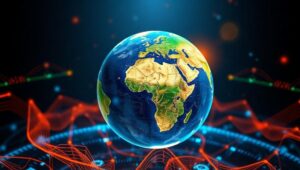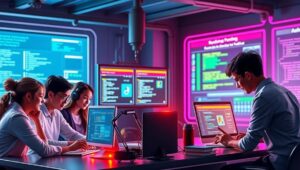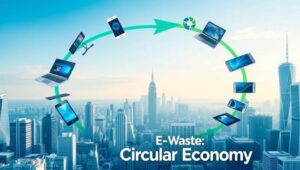Robotics Computing: Powering Autonomous Machines (2027)
Robotics Computing: Powering Autonomous Machines (2027) Robotics computing is the field dedicated to providing the computational power and algorithms necessary for robots to perceive, reason, and act in their environments. By 2027, this field will have undergone significant advancements, driven by progress in processor technology, AI, and software development. Key Components of Robotics Computing Processors: Central Processing Units (CPUs), Graphics Processing Units (GPUs), Field-Programmable Gate Arrays (FPGAs), and specialized AI accelerators. Operating Systems: Robot Operating System (ROS), real-time operating systems (RTOS), and Linux-based systems. Middleware: Communication frameworks that facilitate data exchange between different software modules. AI and Machine Learning Algorithms:
